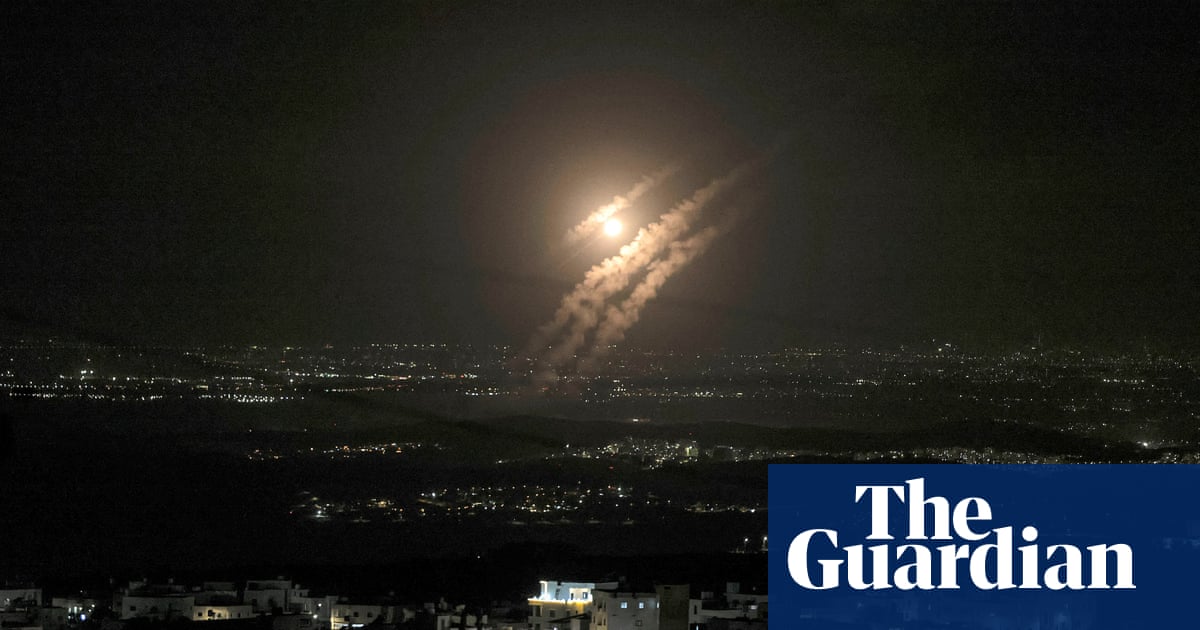Despite launching 180 ballistic missiles, Iran is likely to have wanted to keep most of its stock in case of a full-blown war with Israel
…
Firing so many ballistic missiles in a few minutes also represents a serious effort to overwhelm or exhaust Israel’s air defences. Because they are sophisticated, the interceptor missiles are expensive – and their stocks uncertain.
Stopping ballistics in flight is principally the task of the long-range US-Israeli Arrow 3 and Arrow 2 systems, first used during the Israel-Hamas war, which are supported by the medium-range David’s Sling system. The better-known Iron Dome is used for short-range interceptions, often of rockets fired by Hamas from Gaza.
In April, a former financial adviser to the IDF chief of staff said that an Arrow missile typically costs $3.5m (£2.8m) a time, and David’s Sling interceptors $1m (£800,000). Eliminating 100 or more missiles would easily run into hundreds of millions of dollars – though the missiles themselves will have cost Iran £80,000 each or more.



The types of missiles, counter missiles and their costs are explained pretty well for someone who knows almos tnothing about them. Even Ukraine’s 4.5% counter-rate against ballistic missiles seems crazy, some of those can fly at 16,100kmph! (10,000mph!)